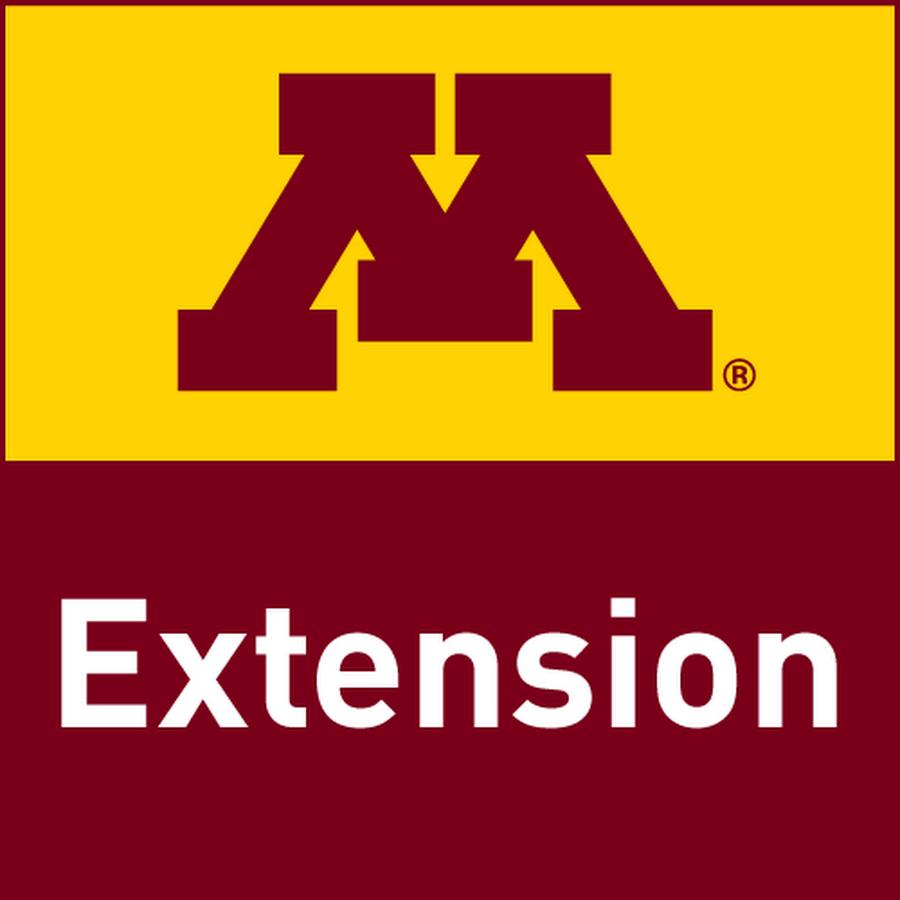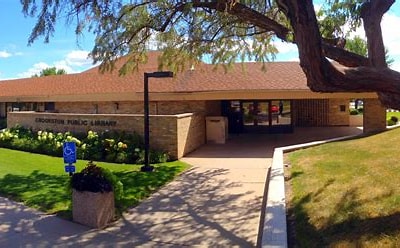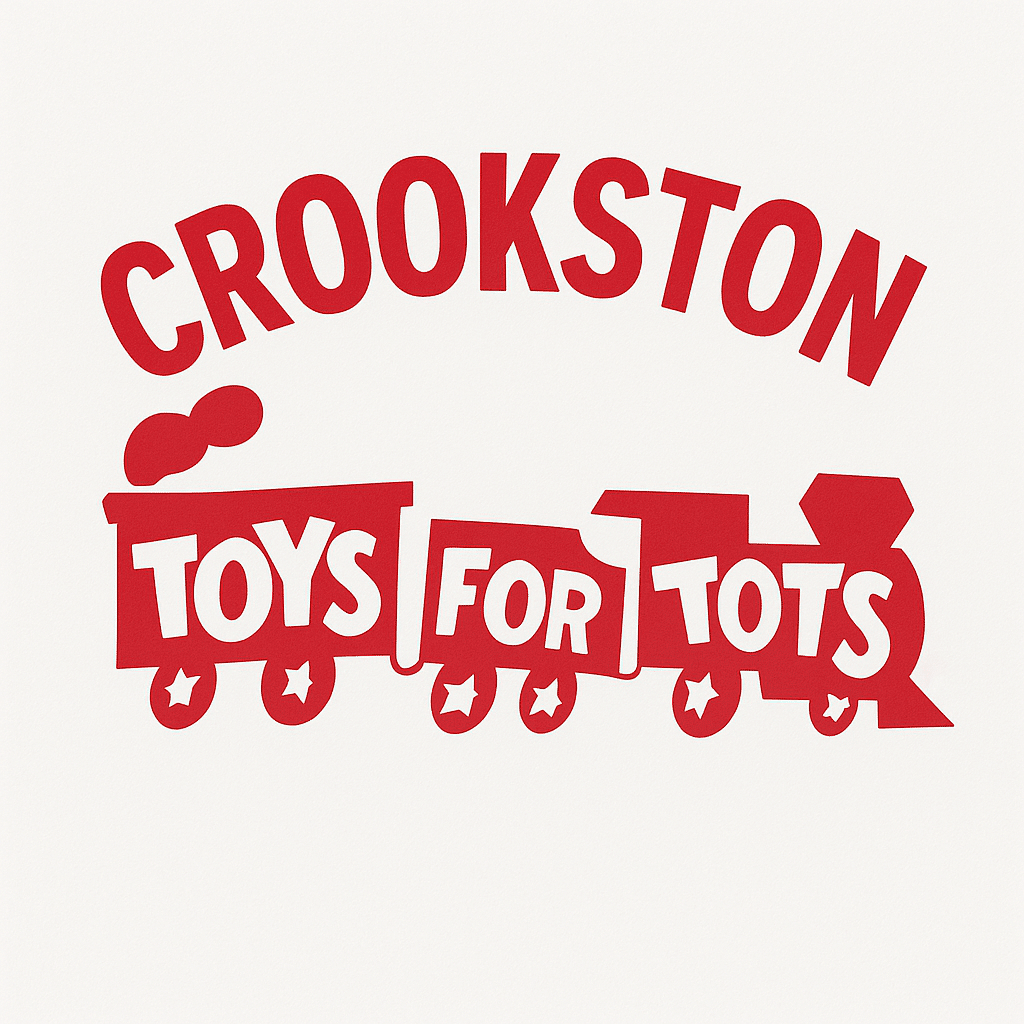Personal protective equipment, or PPE, is necessary to protect farmers and other agricultural workers from pesticides, grain dust, mold, and other hazards. The COVID-19 global pandemic, however, has stressed the supplies of PPE since the emergency needs of our medical care providers and first responders must be met. The following are some considerations if you are a farmer, applicator, or other agricultural professional facing a shortage of PPE.
WHAT LEVEL OF PPE DO YOU NEED?
For pesticide applications, a long-sleeve shirt, long pants, shoes and socks are typically the minimum required PPE when mixing, loading, and applying a product. Protective eye-wear including goggles or a face shield, chemical-resistant gloves, additional clothing such as a chemical resistant apron or coveralls, and/or a respirator may also be listed on the label.
Always check the pesticide label for specific PPE requirements – the label lists what is required to lawfully use a particular product and restrictions exist for personal health and safety. Note, the label will list the minimum level of PPE required, you can always wear a higher level of protection.
RESPIRATORS: WHAT ARE MY OPTIONS
Respirators are one of the PPE items most likely to be in short supply at this time.
They can be required for numerous agricultural activities, including when working with grain, livestock, hay, manure pits, silos, and certain pesticides. The following resources summarize the types of respirators needed for various activities:
- Agriculture Respirator Selection Guide: https://umash.umn.edu/wp-content/uploads/2020/03/respirator-options-guide-8×11-june-2017.pdf.
- Respirator Worksheet: https://umash.umn.edu/wp-content/uploads/2020/03/Website-August-2018-Respirator-Worksheet.pdf
With current demand being extremely high for N95 masks, masks that provide a higher filtering capacity (e.g. N99 or N100) may be easier to find, even if they might be more expensive. A half-mask respirator with a cartridge or a full-face respirator are options to consider as well and they may be easier to find since they are less likely to be used in the medical field. These can last a long time, but may be more uncomfortable, more costly, and require more parts than a mask.
Check for availability through your local farm supply store or online options such as (but not limited to) Gemplers, Grainger, PK Safety, Northern Safety & Industrial and Amazon. Ensure all respiratory protection is marked NIOSH (National Institute for Occupational Safety and Health) approved with the filtering capacity it provides.
RESPIRATOR FIT TESTING
When a tight fit is required when wearing a respirator, a fit test is needed to ensure you are getting the proper protection. For more information on fit testing and sites that offer this service to farmers in MN, see Respirator fit testing resources in Minnesota: https://blog-crop-news.extension.umn.edu/2018/05/where-can-i-get-fit-tested-to-wear.html.
WHAT IF I CAN’T FIND THE LEVEL OF PPE THAT I NEED?
If you can’t find the level of PPE that’s required for your planned activity, consider selecting an alternative product or method. Is there a less toxic product you can use, for example, that requires a lower level of PPE? Product label databases such as CDMS.net, agrian.com, or greenbook.net can help you search pesticide labels for PPE requirements. Another possible option is to hire someone who has the proper PPE to do the needed task.
Do not skimp on PPE if you cannot find what is needed for a particular activity – your health and safety depends on it.
MORE INFORMATION
National Pesticide Safety Education Center Respirator Decision Tree: https://npsec.us/wp-content/uploads/200420-2-Respirator-Infographic.pdf
UMASH Respirator Q & A Toolkit – Can’t find your Respirator? https://umash.umn.edu/respirator-q-and-a/
Four steps to choosing the right respirator and wearing it safely: https://extension.umn.edu/pesticide-safety-and-certification/four-steps-choosing-right-respirator-and-wearing-it-safely
Laundering Pesticide Contaminated Work Clothes: https://www.ag.ndsu.edu/publications/crops/laundering-pesticide-contaminated-work-clothes/ps1778.pdf




